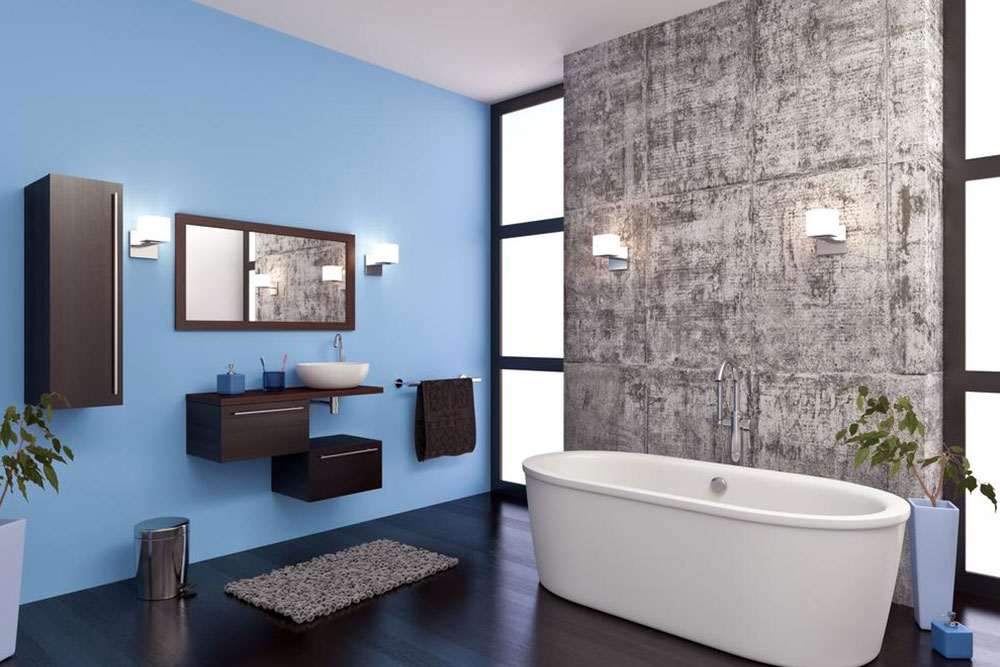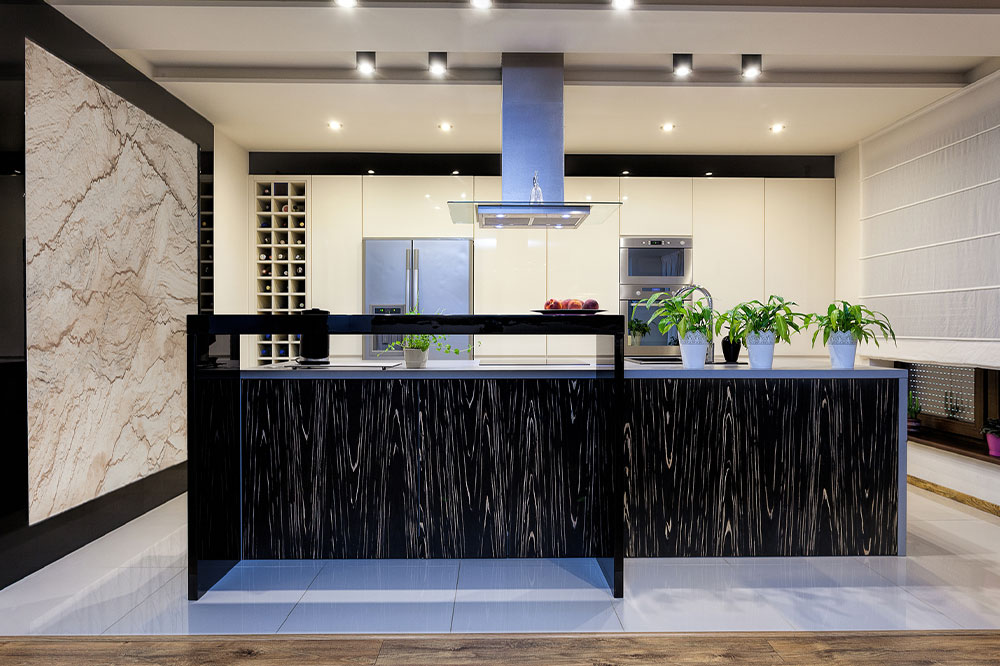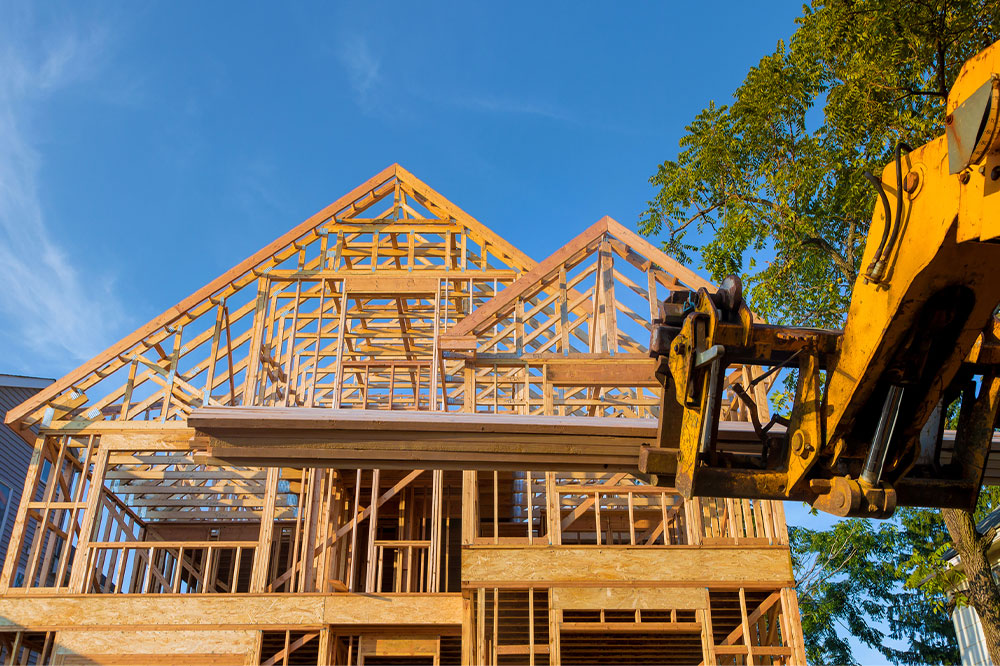Comprehensive Guide to Building New Structures vs. Renovating Existing Spaces
This comprehensive guide explores the differences between building new structures and renovating existing spaces, highlighting the benefits, challenges, and modern techniques involved. From construction processes to sustainability considerations, learn how to make informed decisions to maximize property value and efficiency.

Understanding the Core Differences Between Constructing New Buildings and Renovating Current Spaces
Every year, architects, developers, and property owners face critical choices when deciding between initiating new construction projects or renovating existing structures. These decisions are shaped by various factors including cost, time, sustainability, design goals, and future usage plans. Having a clear understanding of the fundamental differences, advantages, and challenges associated with building new structures versus renovating existing ones is vital for making informed decisions that maximize value, efficiency, and long-term sustainability.
Construction of new buildings involves conceptualizing, designing, and erecting entirely new structures from the ground up. This process begins with detailed planning, site analysis, blueprints, permits, and finally, the physical construction phase. The goal is to create a completely original building tailored to specific needs and specifications, often incorporating the latest materials and innovative design principles. A new build offers the advantage of flexibility in design, functionality, and building technology, setting a foundation for future-proof infrastructure.
On the other hand, renovation focuses on updating, repairing, or repurposing existing structures. The aim here is to breathe new life into older buildings by modernizing interior spaces, enhancing structural integrity, or adapting buildings for new uses. Renovation projects can range from simple cosmetic upgrades, such as painting and fixture replacements, to extensive overhauls involving structural modifications and technological upgrades. Renovations often preserve historical or architectural significance while improving energy efficiency, aesthetics, and functionality.
Modern construction methods have evolved significantly over recent years. Offsite manufacturing, also known as prefabrication or modular construction, allows parts of a building to be fabricated in controlled factory environments before being transported to the site for assembly. This approach accelerates construction timelines, reduces waste, and enhances quality control. With environmental sustainability becoming an industry priority, green building practices—including the use of eco-friendly materials, energy-efficient systems, and sustainable site management—are increasingly integrated into both new construction and renovation projects.
When comparing building new structures with renovating existing spaces, several key factors come into play. Cost is often a primary concern; new construction typically demands higher initial investments but can yield longer-term benefits like reduced maintenance costs and increased energy efficiency. Renovations might be less expensive upfront, especially if the core structure remains sound, but they may involve unforeseen challenges such as structural limitations or compliance issues. Time is another critical aspect; new builds can take several months to years, depending on complexity, whereas renovations can sometimes be completed more swiftly, particularly with modern offsite techniques.
Sustainability and environmental impact also influence decision-making. Building new offers opportunities to implement cutting-edge green technologies from the outset, while renovations allow for retrofitting existing structures with energy-efficient systems and sustainable materials. Both approaches contribute positively to environmental goals when executed thoughtfully.
Ultimately, the choice between constructing new buildings and renovating existing spaces hinges on specific project objectives, budget constraints, timeline, location, and the current state of the property. With rapid technological advancements and evolving industry standards, integrating innovative techniques—such as 3D modeling, smart building systems, and eco-friendly materials—can significantly enhance project outcomes in either scenario. Strategic planning, collaboration among stakeholders, and staying informed about industry trends are crucial for success in both construction and renovation endeavors.
Understanding the fundamental differences between constructing new buildings and renovating existing structures is essential for property developers, architects, and homeowners. While new construction offers flexibility and the latest in design and technology, renovations provide a sustainable way to repurpose and modernize aging buildings efficiently. Both approaches benefit from advancements like prefabrication and green building practices, which make projects faster, cost-effective, and environmentally friendly. Careful consideration of project goals, budget, and timelines will determine the best approach for each unique situation, ensuring successful and sustainable development outcomes.





